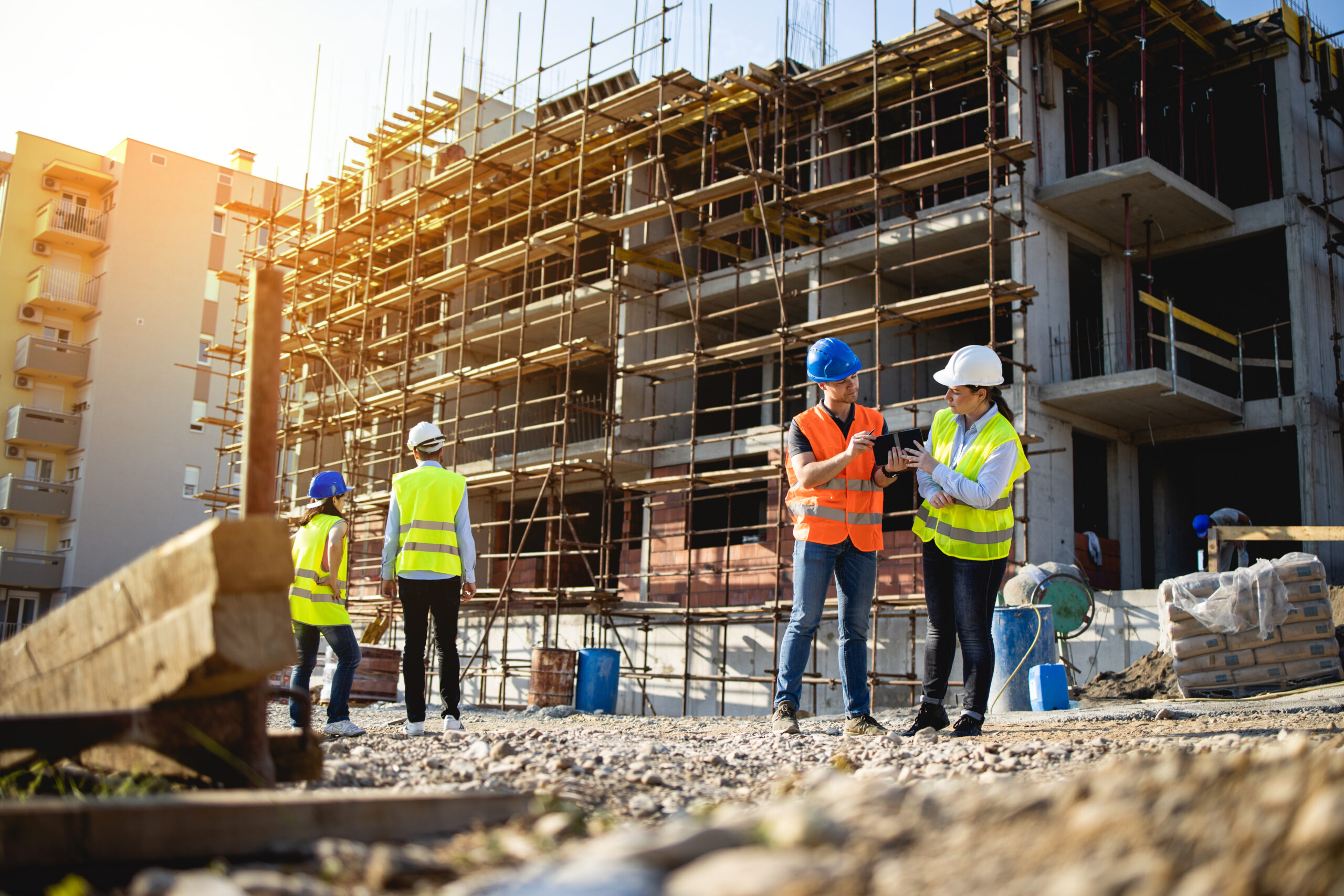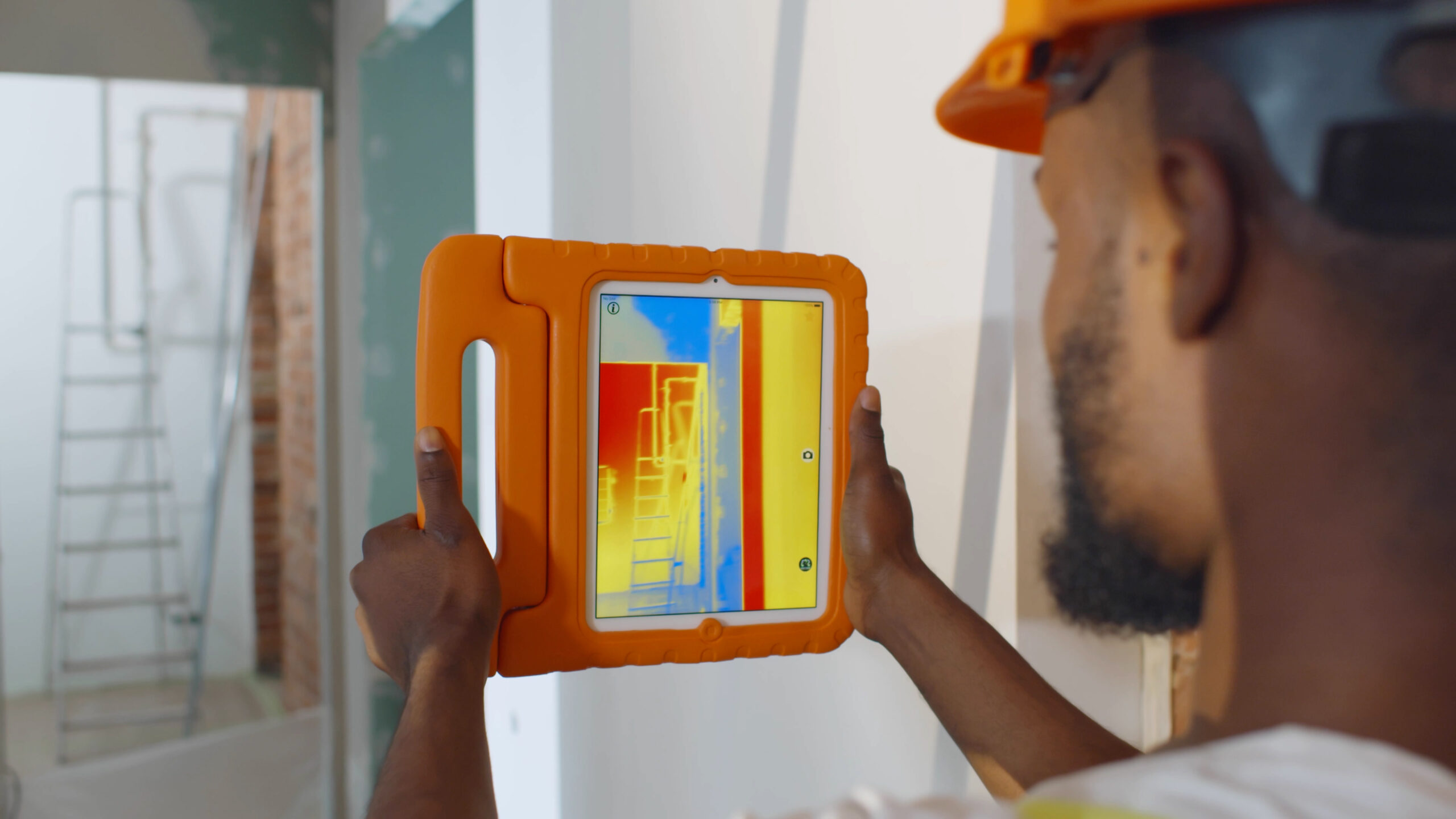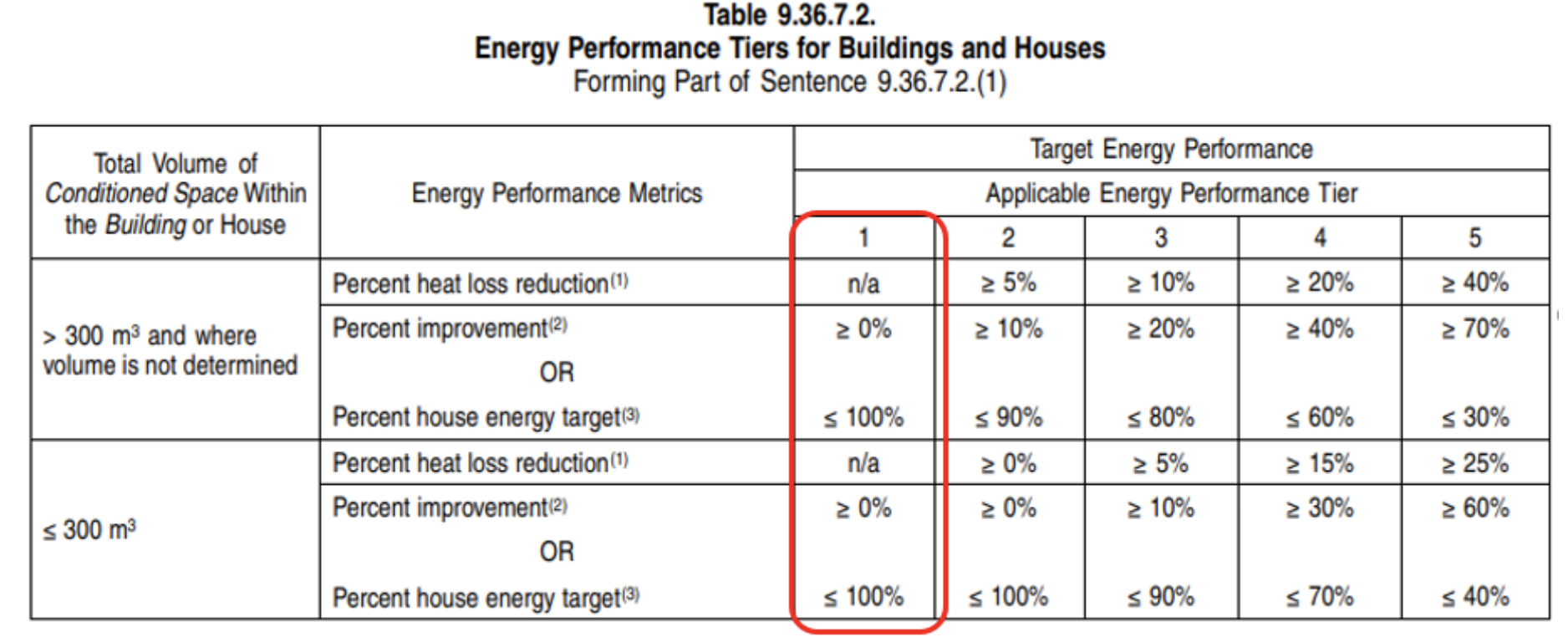The National Energy Code for Buildings (NECB) plays a pivotal role in shaping the energy efficiency of buildings in Canada. With the release of NECB 2020, effective in Alberta on May 1, 2024, some of the changes we expected were enacted, and some changes were unexpected for the industry as a whole. This blog post explores the key components regulated by NECB, the compliance paths available, and the notable changes from NECB 2017 to NECB 2020 as they relate to the Building Envelope.
At a high level, the NECB addresses various building components critical to energy efficiency. These include the Building Envelope (my primary focus), Lighting, HVAC (Heating, Ventilating, and Air Conditioning), and Service Water Heating. Each component is crucial in maintaining the energy balance (heat losses vs. heat gains) between indoor and outdoor environments, electrical service connections, and water and heating supply systems.

Compliance Paths
The increase in performance in one can offset restrictions or limitations in another. It is this holistic image that allows buildings to be able to target high-performance goals for funding, government code, and owners’ project targets. The evaluation of achieving the desired target(s) falls under three compliance paths:
- 1
Prescriptive Path: The prescribed approach sets out expected energy performance characteristics for different building elements. It mandates specific requirements for thermal insulation, window efficiency, and other elements based on the region of construction. In short, you must achieve the prescribed performance of each component or assembly in the code.
- 2
Trade-Off Path: This path allows flexibility within building elements. Increased performance in one area can compensate for reduced performance in another. For example, improved wall insulation might offset the use of less efficient windows. However, horse-trading can only occur within a single type of building system – electrical with electrical, envelope with envelope.
- 3
Performance Path: The Performance path involves a design prepared by a qualified professional, often an energy modeller. This approach offers the utmost design flexibility while meeting energy efficiency goals, and it is utilized on most projects that involve a custom design component. In this case, all elements become levers to pull, and it is the interplay of every system together into a singular overall performance value that is evaluated against the target(s).
These evaluation pathways remain unchanged from the NECB 2017 issuance to the NECB 2020 issuance of the code. The changes between the codes occur largely in the application of the compliance paths.
The transition from NECB 2017 to NECB 2020 brings several noteworthy changes, specific to the building envelope:
- 1
Thermal Performance - Prescriptive Requirements (Part 3): The maximum overall thermal transmittance values for opaque building assemblies and fenestration are reduced, enhancing the thermal performance of the building envelope. The 2017 and 2020 values have been laid out below, in tables pulled from the NECB 2017 and NECB 2020, respectively. Highlighted below are the thermal transmittances for the climatic zone where most METAFOR projects are situated.
NECB 2017 – Above-Grade Opaque Assemblies
NECB 2020 – Above-Grade Opaque Assemblies
NECB 2017 - Fenestrations
NECB 2020 - Fenestrations
Doors and below grade remained the same.
NECB 2020 –Below Grade AssembliesNECB 2020 – Doors
- 2
Envelope Performance – Air Leakage Rate (Part 3, Part 8): Something noteworthy added to the new NECB 2020 is the inclusion of optional whole-building airtightness testing and the inclusion of mandatory air leakage rates for overhead doors (Part 3, Item 3.2.4.3). The key word for the Whole Building Airtightess test is “Optional”; no building under this code is compelled to undertake Whole Building Airtightess testing to validate overall compliance against the code (Part 8, Item 8.4.3.3). However, the NECB 2020 code introduces a requirement to use the normalized air leakage rate (assumed or measured) to determine the air leakage rate that must be used in energy model calculations. It can be reasonably extrapolated that measured air leakage rates may become mandatory in the next issuance of the code. This clause, we understand, is included in this code to provide the industry with a grace period where skills and standards can be built without being penalized by a lack of achieving the target at substantial completion. Because no verification and validation of our construction methodologies is undertaken regularly, it can be inferred that a percentage (the exact percent is, of course, unknown) of new buildings would not be compliant with the targets set out in the code.
Any owner who chooses to voluntarily learn, now, how far from that mark they exist will be better off for it when the next code iteration mandates compliance. They will have learned how to meet code targets, and their competitors will be left scrambling with building stock that fails to achieve substantial completion without emergency interventions after the building is built. This also allows the testing agencies and professionals to develop the skills and purchase the equipment to undertake this testing at scale. Right now, due to the lack of demand in Alberta, we have limited providers who can undertake this work. If overnight every building required testing (again, let’s look to the next issuance of the code), the work would far exceed the qualified professionals to do the work.
- 3
Tiered Performance Compliance (Part 10): Also novel to this issuance of the code, NECB 2020 introduces Part 10, which adopts a tiered approach for provinces and territories to gradually adopt higher levels of performance, akin to British Columbia current Energy Step Code. This new approach sets the direction for industry and enables provinces and territories, as well as individual jurisdictions, to incrementally adopt higher levels of performance within one code. The NECB 2020 has four tiers of performance improvement, with the last tier yielding at least a 60% reduction in energy consumption over the baseline Tier 1.
The energy efficiency improvements per Tier of the NECB 2020 are as follows:
Tier 1: Baseline target
Tier 2: improvement of 25% over Tier 1
Tier 3: improvement of 50% over Tier 1
Tier 4: improvement of 60% over Tier 1
New Alberta Code Editions: Similar to the Tiered Performance Compliance path outlined in NECB 2020, The National Building Code, 2023 Alberta Edition is adopting Energy Performance Tiers for Buildings and Houses under Part 9. Tier 1 (NBC (AE )2023—Part 9.36) is the minimum province-wide standard for building energy efficiency for housing and small buildings under Part 9 of the NBC (AE) and Tier 1 for energy efficiency for other buildings in the NECB 2020.
4
Application of the Code: A question is created by this issuance of the code around its application to tenant fit-outs which has now been rolled into the code with the aim of approaching Canada’s ‘Net Zero Energy Ready (NZER)’ standard. The vast majority of Canada’s existing building stock, which will still be in use in 2030, has already been constructed. Unfortunately, these buildings are far from achieving net-zero energy efficiency. The Canadian government is demonstrating a desire to bring that existing building stock up to the current targets, but there is a risk of incentivizing demolition and reconstruction (a carbon-intensive process) if owners are penalized for undertaking improvements on their existing buildings when it is financially unviable to bring the entire building (or worse, a single wall in isolation) up to high-performance. We will have to see how each authority having jurisdiction (AHJ) interprets this section of the code, and our industry asking for clarification from these AHJs on how they will interpret this clause in the code will help us to de-risk the projects for the owners.
In short, there appears to be very little impact from the code-based obligations of our day-to-day design and construction practices. However, we can start to see the Canadian Building Codes set up to roll out fundamental changes in how we do business between now and 2030. Though this would be expected (we cannot meet a ‘Net Zero Energy Ready (NZER)’ goal with our current methods and standards), any owner, designer, and contractor who does not use this olive branch as an opportunity to learn and improve is going to be hit hard when these initial changes are rolled out in full force.

Final Notes on NECB 2020
In short, there appears to be very little impact from the code-based obligations of our day-to-day design and construction practices. However, we can start to see the Canadian Building Codes set up to roll out fundamental changes in how we do business between now and 2030. Though this would be expected (we cannot meet a ‘Net Zero Energy Ready (NZER)’ goal with our current methods and standards), any owner, designer, and contractor who does not use this olive branch as an opportunity to learn and improve is going to be hit hard when these initial changes are rolled out in full force.

Want to learn more about METAFOR’s unique approach to design thinking?
Visit our website or give us a call at either our Calgary (403.264.8700) or Edmonton studios (780.490.5330). Together we can all Make Tomorrow Better Than Today!
View Our Projects
Our work demonstrates the intrinsic value of Architect + Engineer collaboration for Optimal Building Performance.
Authors
Saphron Skinner-Willson, Associate – Building Performance
P.Eng, QCxP, LEED AP, BD&C













